Over the past nine years, Buglife has been busily mapping a network of Important Invertebrate Areas (IIAs) for Great Britain. Each of the 100+ IIAs is home to nationally or internationally important invertebrate populations…
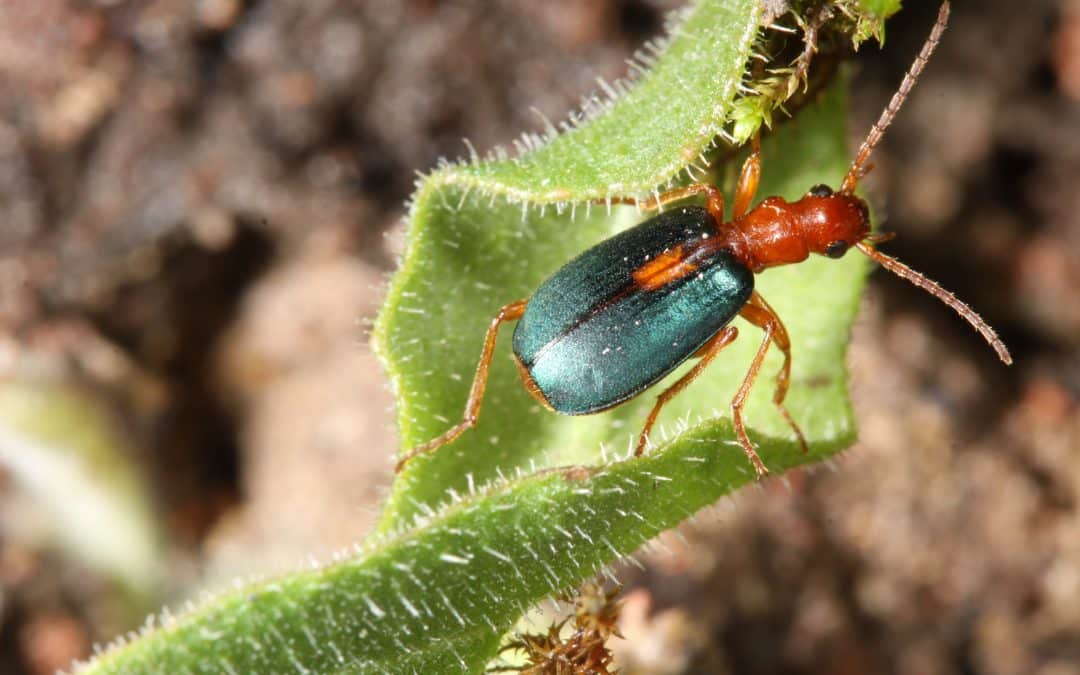

Over the past nine years, Buglife has been busily mapping a network of Important Invertebrate Areas (IIAs) for Great Britain. Each of the 100+ IIAs is home to nationally or internationally important invertebrate populations…

Pseudotrichia rubiginosa is a rare non-marine snail that clings to damp riverside vegetation and wetland margins. Despite its modest size, it has an intriguing backstory – with scattered records across the Thames and a long history of being overlooked in biodiversity surveys…

Pollinators thrive when we give them the basics: food, shelter and space. London’s pollinators are resilient, but they need our help. Every patch of green matters. Together, we can make sure the city remains a place where both people and pollinators flourish…

As a local government ecologist, I’m committed to finding ways and means to help the public provide the ecological records that make their lives, and the lives of the wildlife they value, a little bit better, and secure it for future generations to see, enjoy – and of course record as well…
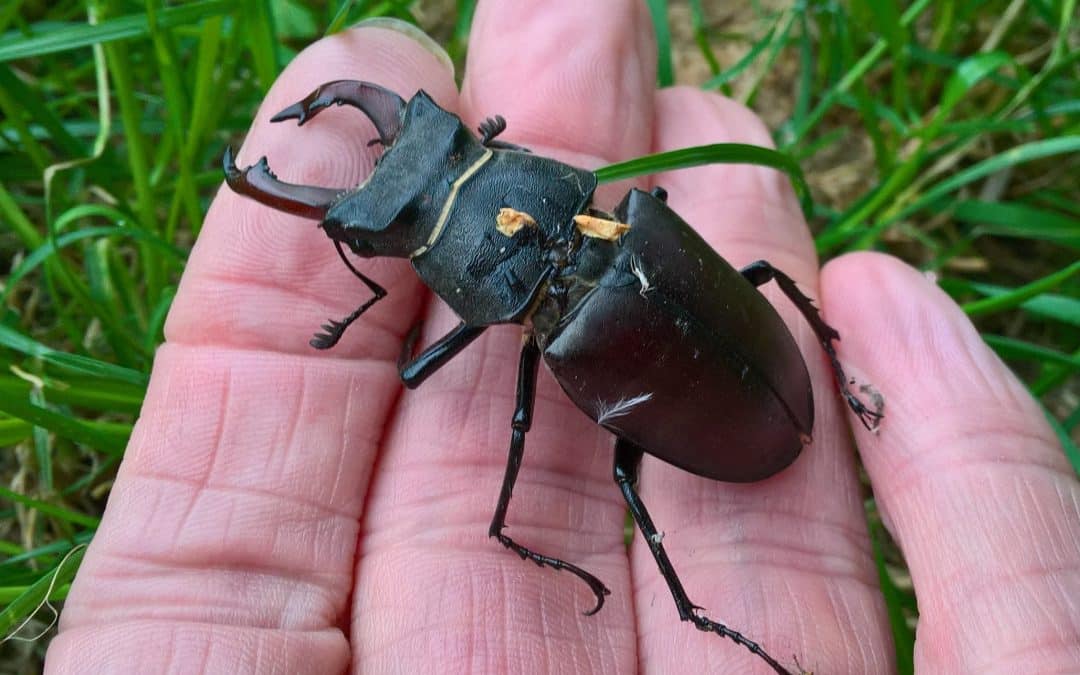
The story of how these marvellous beetles came to represent almost 0.5% of our total species database today spans the history of GiGL, embodies the strong professional and personal bonds that tie GiGL and the Trust together and is testament to Mathew Frith’s commitment to both London’s wildlife and its people…

This article explores the insights we can produce by combining the environmental data that GiGL hold with datasets from other organisations and platforms. We’ll showcase some mapping and analysis we’ve done in the past, from demographics to geology, gardens, and beyond…
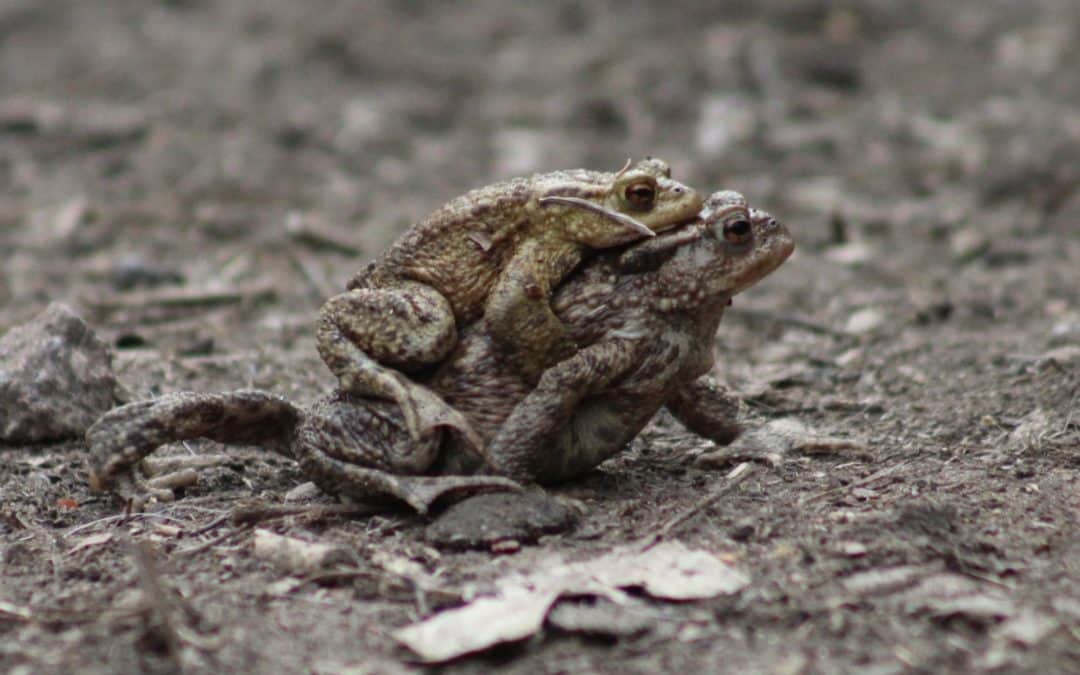
As summer hits its stride, we’re taking a moment to look back on six months of GiGL insights and stories. In this editorial, you’ll find GiGL updates, spotlights on key projects we’ve been working on, and highlights of places to explore and species to spot. We’re also excited to introduce our round-up of recording from the past six-months…
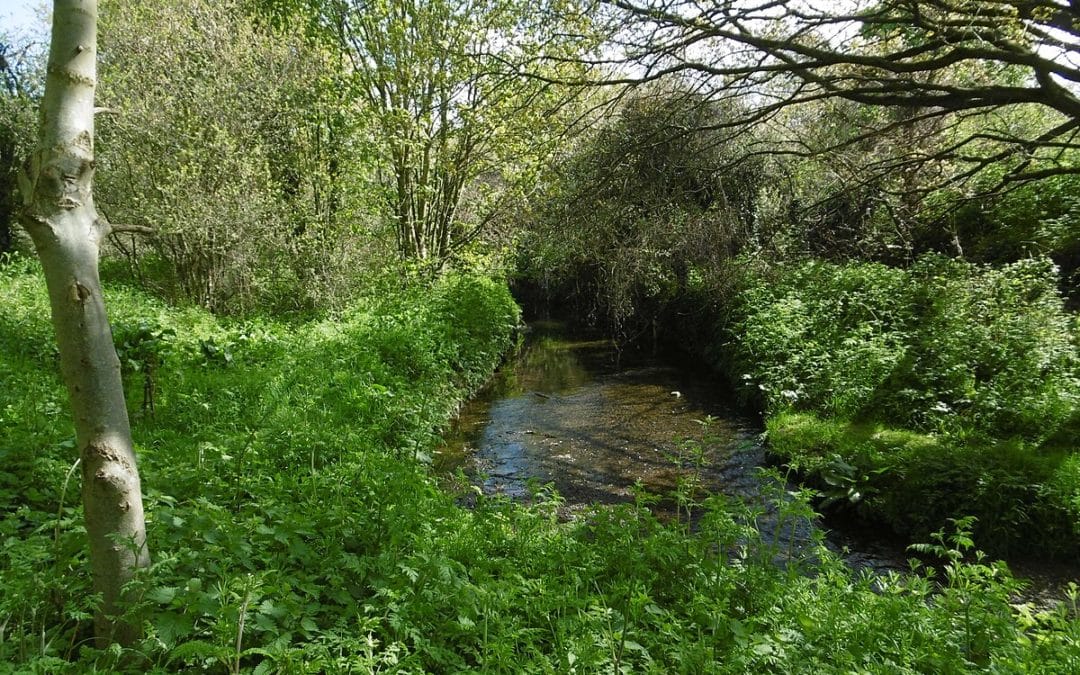
Excluding the Thames, Greater London is home to over 600 km of rivers and streams flowing through 11 main catchments. Our rivers create special places for Londoners, helping us to reconnect with nature. They also support nature’s recovery and rewilding, and help to improve flood resilience and our ability to adapt to climate change…
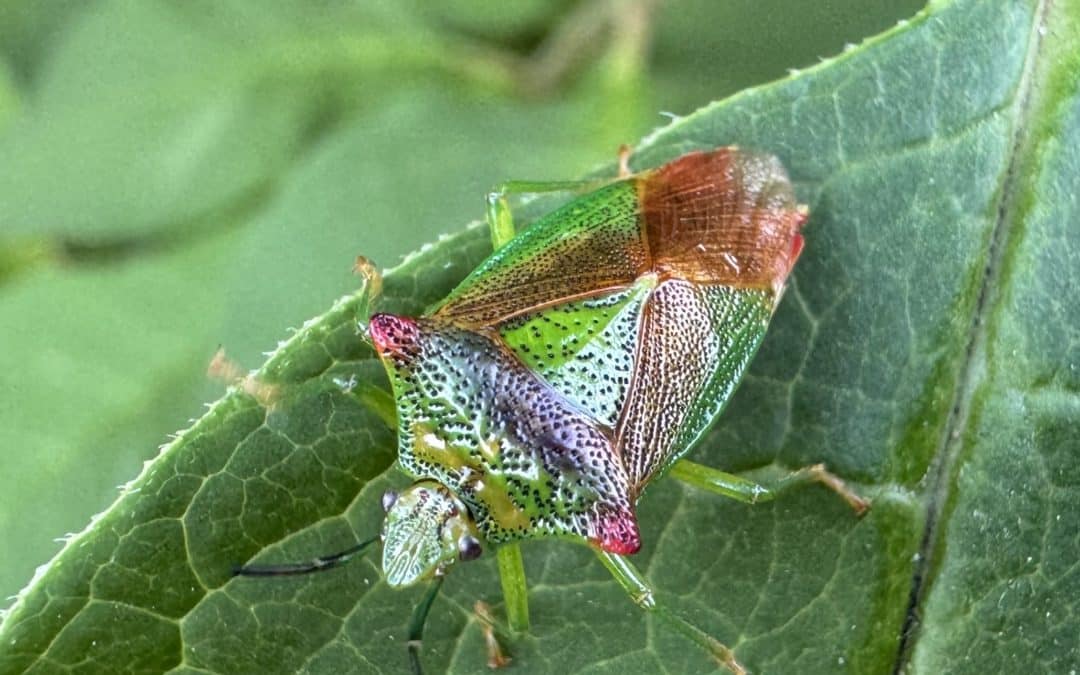
National Insect Week is approaching! London is home to an impressive array of insect life that occupy a range of areas, from precious ancient woodlands to urban roof gardens and planters. Monitoring and studying these creatures is no small task…
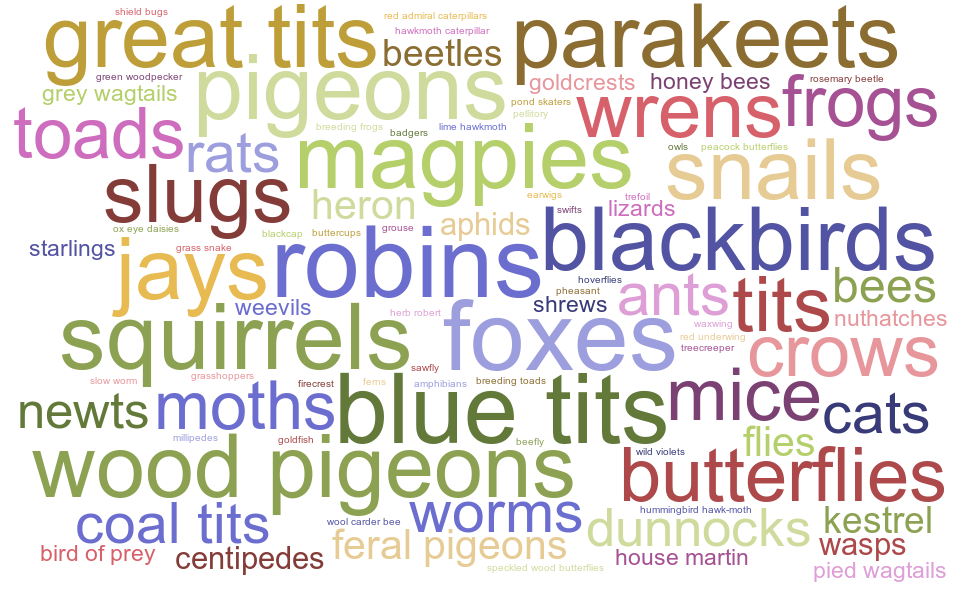
The London Borough of Wandsworth is covered by 716 hectares of private domestic gardens – almost 20% of the borough’s total area. How might the provisions for wildlife contained within these gardens and the creatures making use of them add to the picture of biodiversity in Wandsworth?…
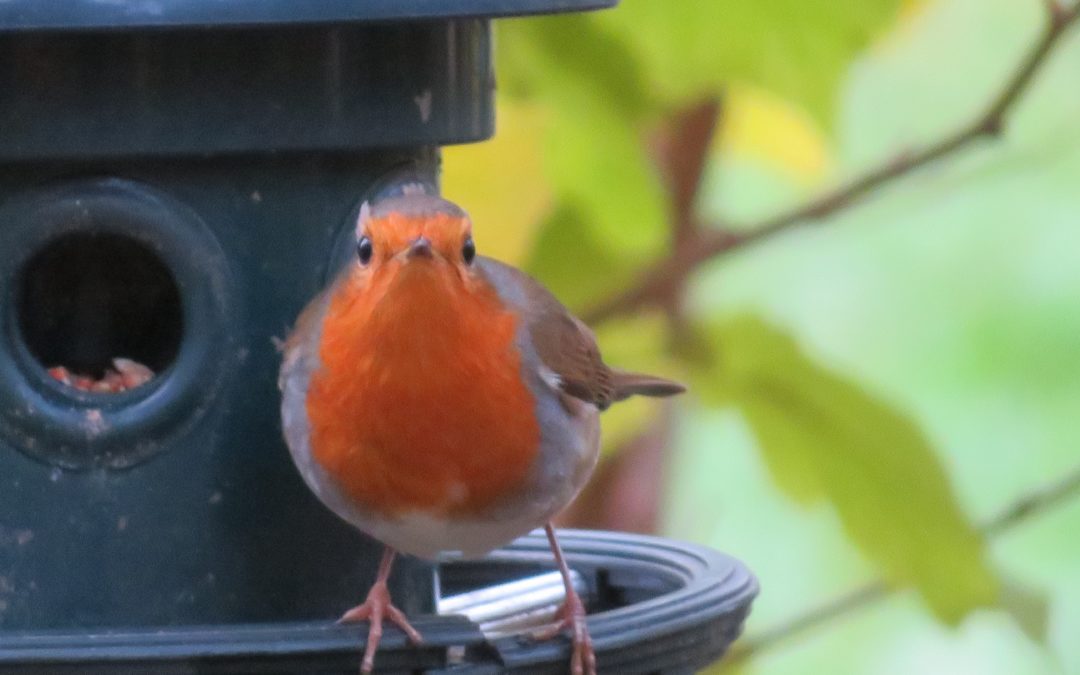
The Barbican Wildlife Garden is one of three residents’ gardens on the Barbican Estate in the City of London. The Garden comprises 0.17 hectares and includes a meadow, two ponds, a pollinator bed, woodland areas, an orchard, two native hedges and a bird hide…

We enable our networks to make data-driven decisions, from shaping policy and planning, to supporting research and conservation efforts, and contributing to London’s Local Nature Recovery Strategy and biodiversity net gain initiatives. Here we explore how GiGL delivers social impact, with recent examples…
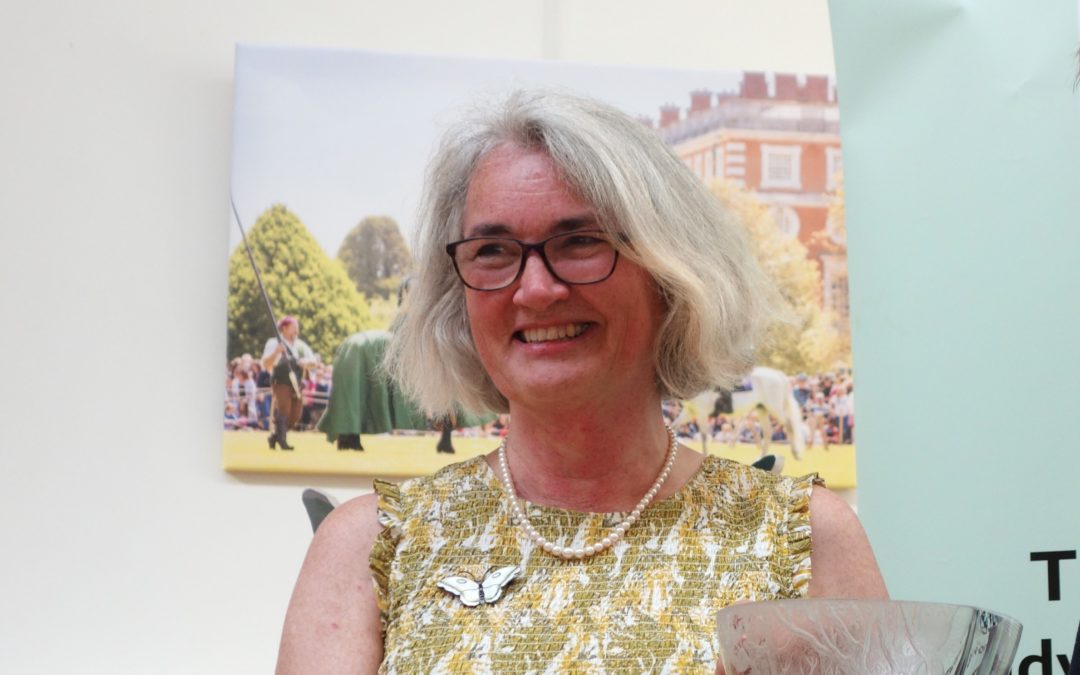
I’ve been in this role for 16 and a half years now. It was originally only supposed to be a temporary 6 month contract, but I enjoyed the cross-over of working both for GiGL and within The Royal Parks, so just stayed. At The Royal Parks, I work within the Ecology/Biodiversity team…

Being a social enterprise is at the heart of how we operate and why we do what we do. It shapes our values, our business model, and the impact we have on London’s environment and communities…
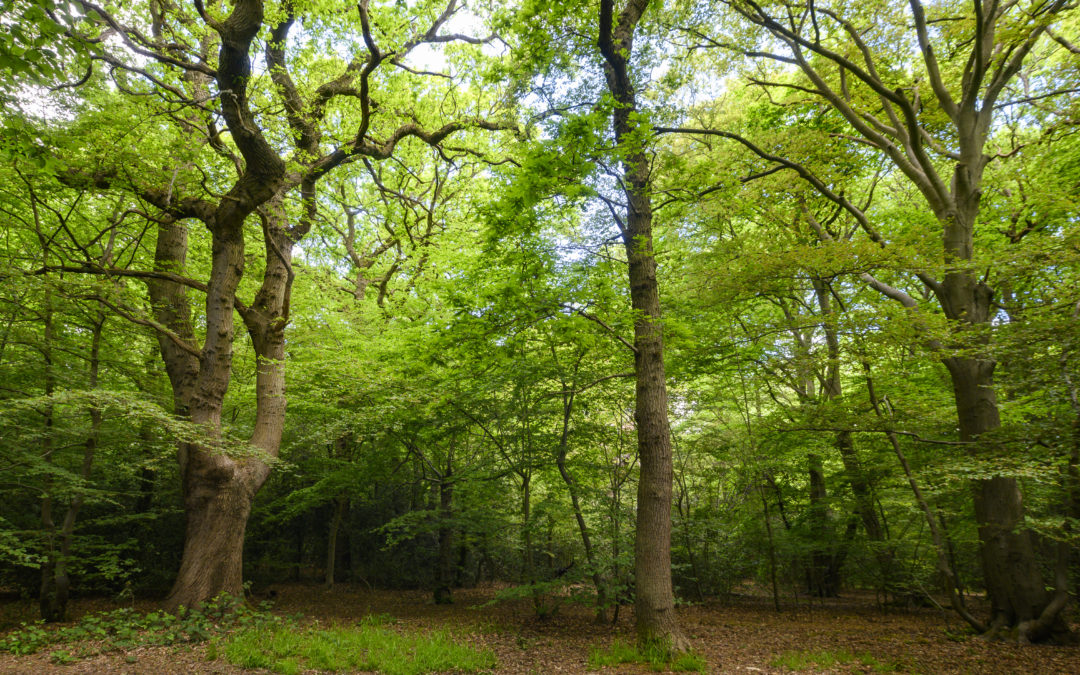
In this article, I will explore one of the most fascinating aspects of nature in London: the forests and woodlands; their history, social role and how they have been preserved throughout the centuries with the institution of parks or reserves and what impact this has had on local communities…

Axiophytes, which translates to “worthy plants”, aren’t necessarily rare or widespread. Instead, they’re plants that act as ecological storytellers, indicating habitats with high conservation value…

From inspiring talks to stimulating discussions, London Day of Nature again left us assured of the knowledge, skill and generosity of the naturalist community in London. While none are in short supply in London, the day showed the need for strategic thinking in the projects we individually and collectively choose to support…
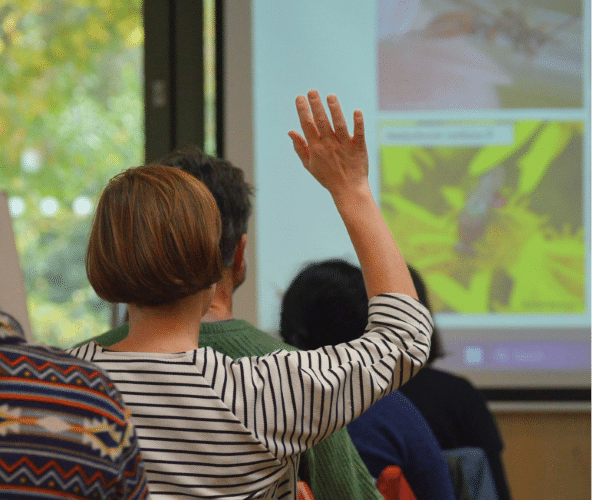
On Saturday 26th October 2024, ecological enthusiasts across London united together once more for a truly wonderful celebration of nature in our capital. Thank you to everyone who came along to London Day of Nature 2024…

This issue has been particularly unique, with its narratives weaving themes of history, community, and – rather unintentionally – a remarkable number of pond-related articles! I’ll take you through them all, highlighting where you can learn more and how to get involved in specific projects…

The newt survey season runs from April to June, during which we conducted torch surveys and bottle trapping across several sites. There is a huge amount of satisfaction when you find a newt caught in the trap…
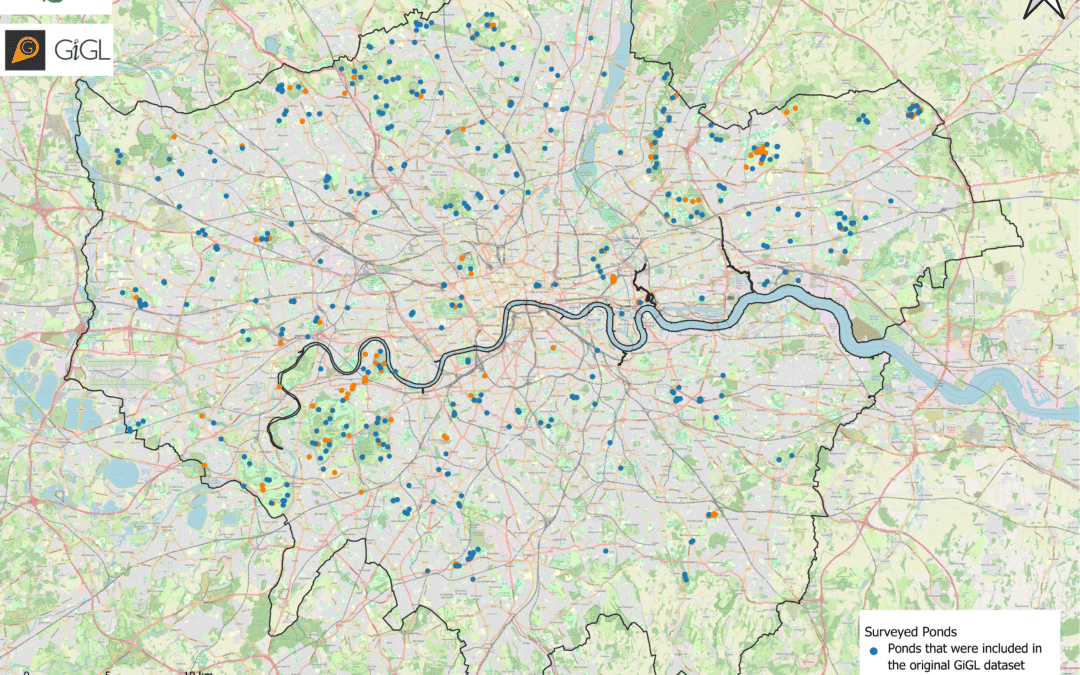
The Great London Pond Project is a partnership project between the Zoological Society of London, Freshwater Habitats Trust and GiGL, and is supported by the Mayor of London. The wider aim of the project is to restore and increase the number of vital pond habitats for London…
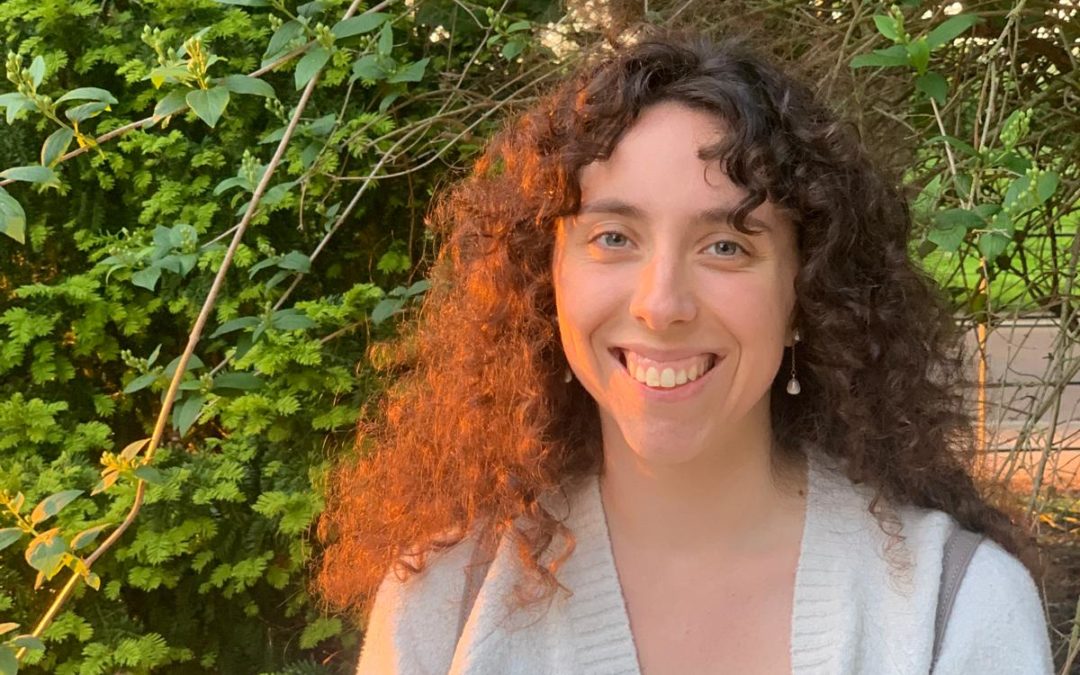
I’ve always enjoyed working with environmental data and appreciated its importance in understanding the natural world. I also thought it would be interesting to work in a LERC based in London to learn more about the connection between the urban and natural environment…

We’ve been working since 2018 to support our stakeholders with the then emerging biodiversity net gain (BNG) scheme. In the biodiversity conservation field, it’s important we share not only the successes but also the things that didn’t quite work as planned in order to improve methods and processes in the future…
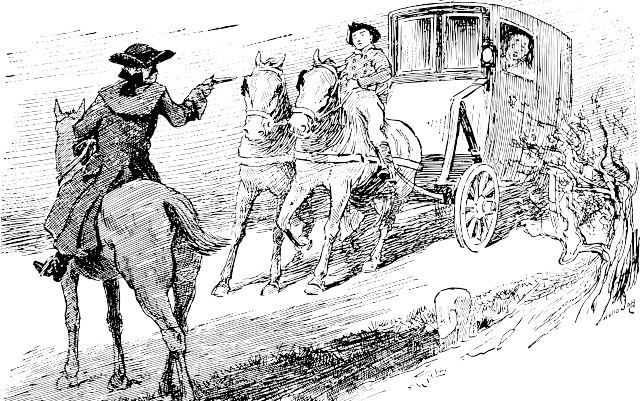
The LEU created handbooks which provided a description of the biodiversity evident at that time in most boroughs. Though primarily focused on ecology, they also provide local historical vignettes, which may be a source of pride, or horror, to modern-day readers. Several themes weave through these accounts, providing us with a snapshot of life in bygone eras…

As GiGL’s Nature Recovery Data Officer, I work alongside the Greater London Authority to help deliver London’s Local Nature Recovery Strategy (LNRS). This entails identifying, collating and integrating key spatial datasets to produce a robust evidence base that can help accomplish successful delivery of the LNRS…
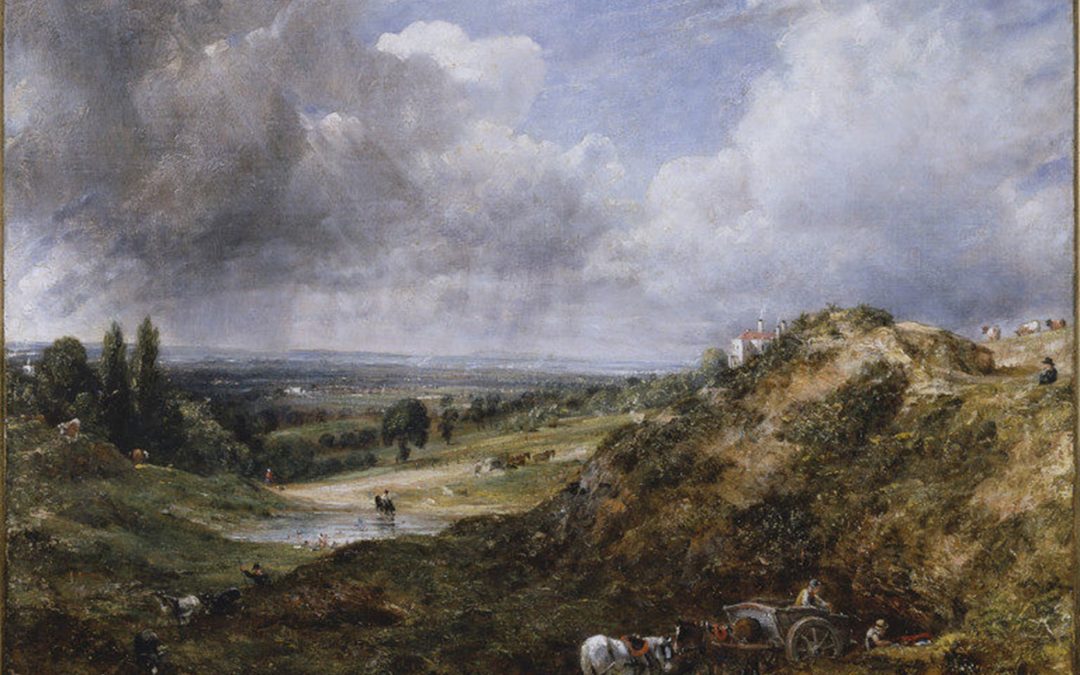
Reinstating Branch Hill pond is a collaborative project initiated by the local Redington Frognal Association and with a big contribution from the City of London Corporation who own and manage Hampstead Heath…
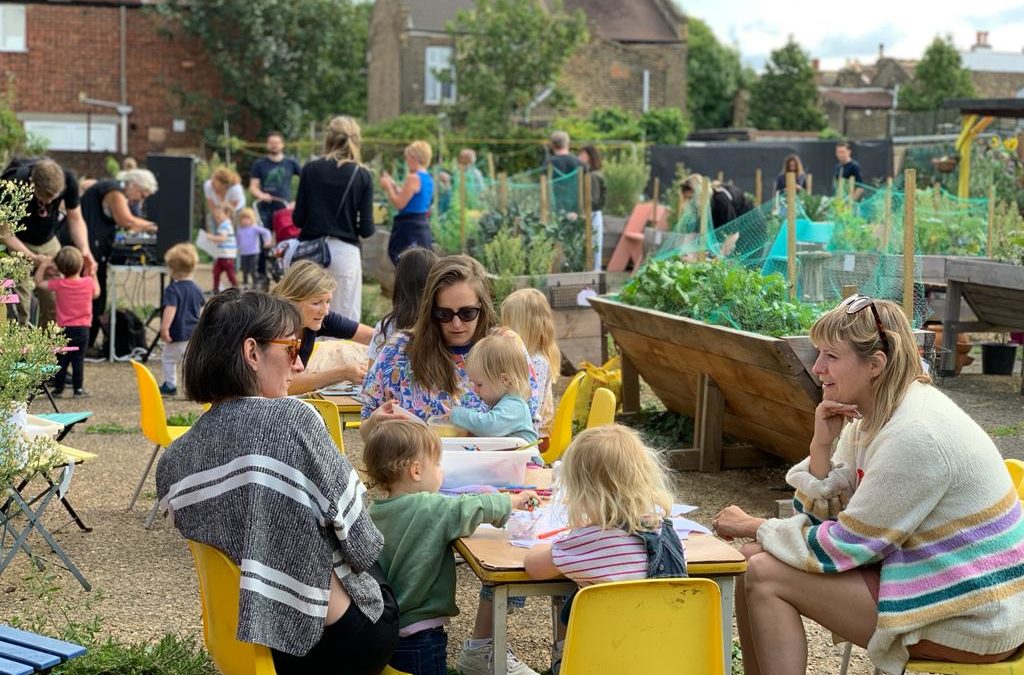
In Summer 2021 I approached the London Borough of Newham and Swan Housing Association, who own and manage the estate respectively, about bringing the yard back into use. Together, we applied for and were awarded a GLA grant to create The UP Garden…
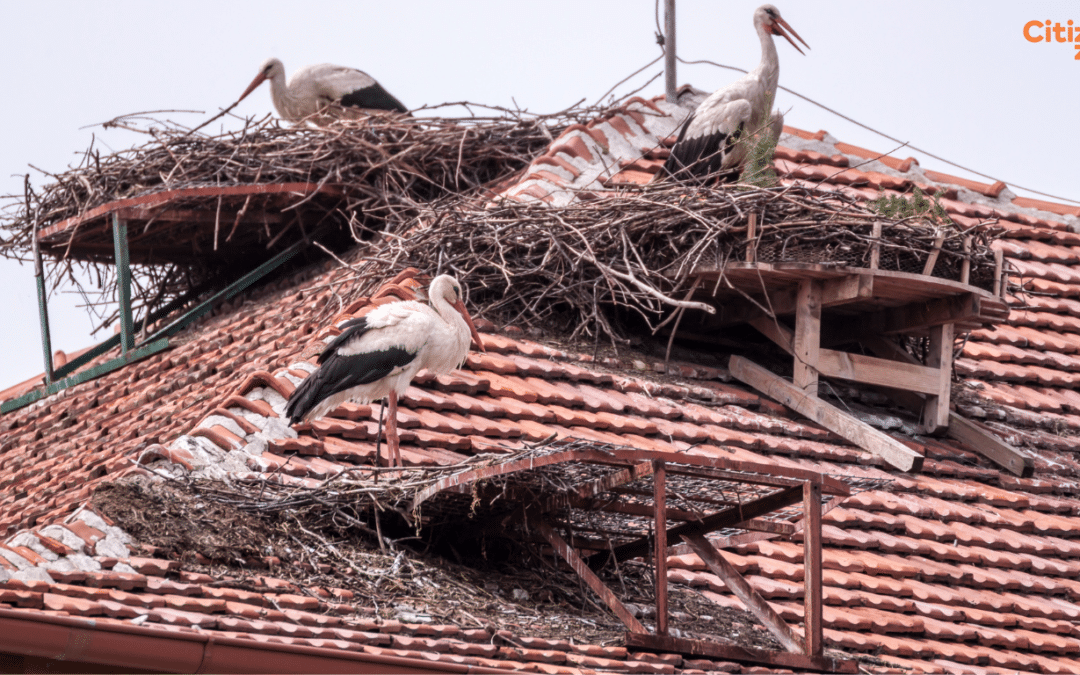
At Citizen Zoo, we are very excited to announce we are exploring the potential return of majestic white storks to London. White storks (Ciconia ciconia) are an unmistakable and inspiring species that have symbolised hope, regrowth and new life for millennia…

The nine articles in this Issue showcased a collection of personal narratives, interesting discoveries, and enlightening guidance. They particularly focused on the incredible diversity, both biological and geological, of London and the efforts of those working to record and preserve it…
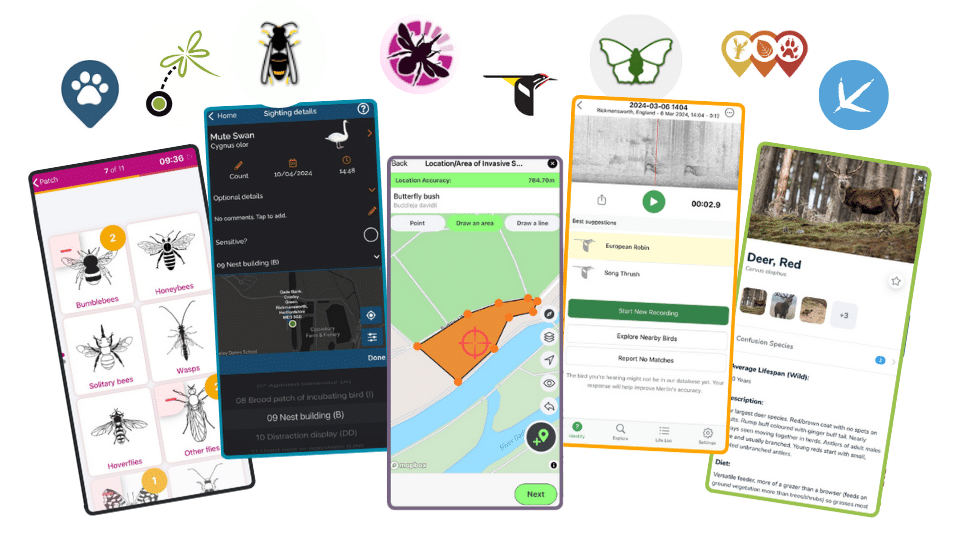
Over the last few months, I have been testing other recording apps, to provide a thorough overview of all that is available to newer recorders or those interested in testing new ways of storing and sharing their data…
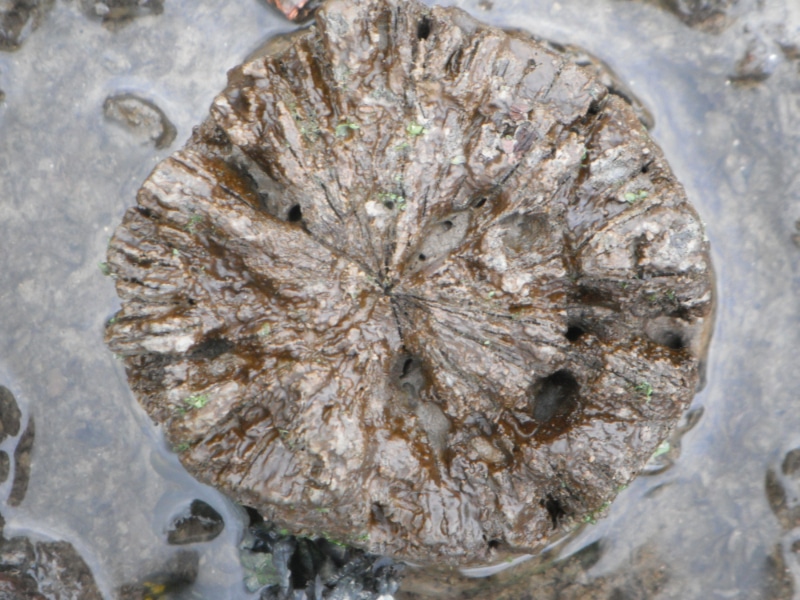
The aim of the London Geodiversity Partnership (LGP) is to identify, conserve, and make available to researchers and interested members of the public, the most important sites of geological interest in Greater London…
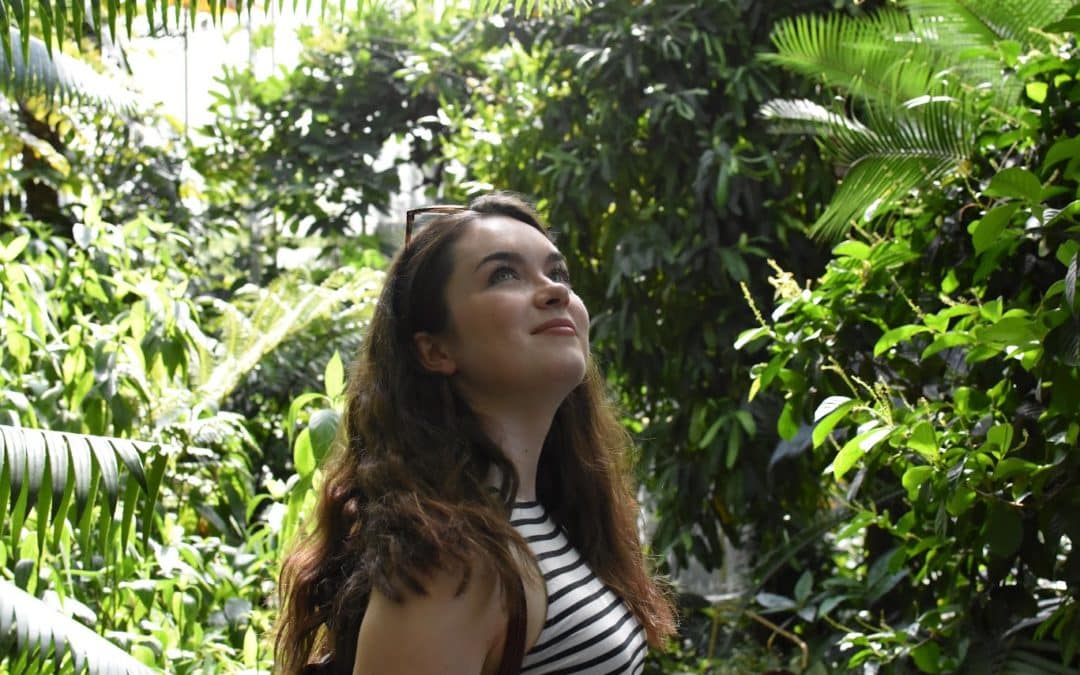
I am a naturally sociable creature and enjoy opportunities to connect with other environmentally minded people, and to give my networking skills a bit of practice…

I love exploring the world around me and have been lucky to live all over the British Isles. I have been able to learn from those around me involved in the natural world, whether professionally or as part of the fantastic volunteer community…
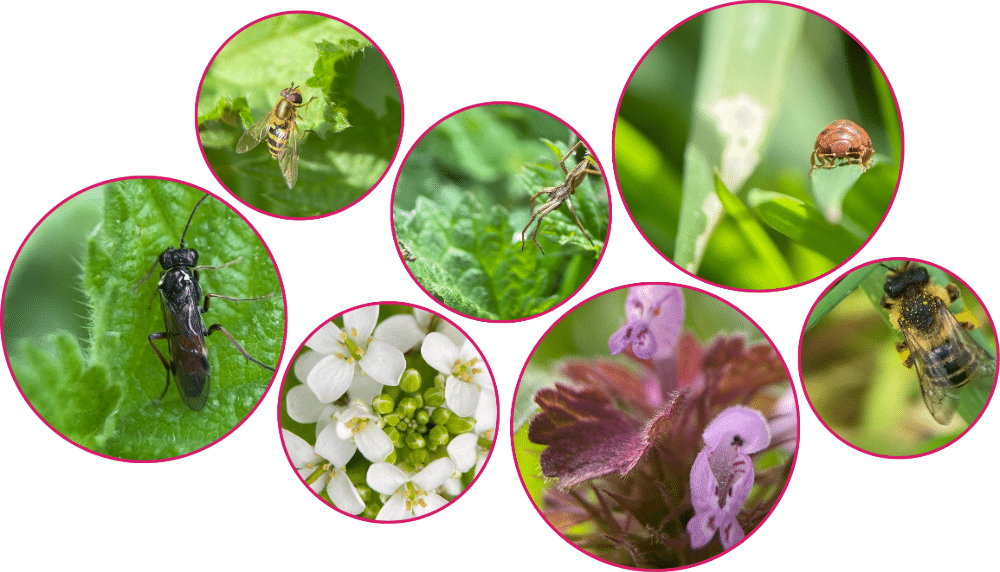
Following last month’s initial article in our series on recording apps, the second instalment is here with a brief overview of iNaturalist and specifically iNaturalistUK. Learn why the app has become an essential part of the toolkit for new recorders worldwide and how to get involved…

Hedgehogs are the subject of a Species Action Plan in the London Borough of Bromley. Bromley Biodiversity Partnership has been running a Citizen Science Hedgehog Survey since 2017…

With the global proliferation of smartphones, Recording Apps, have become a vital tool of those intrigued by nature. When linked to more conventional recording resources, RAs offer easy exposure to the wonder and complexity of nature, as well as access to the experts who can take advantage of the wealth of new data flowing around the world…
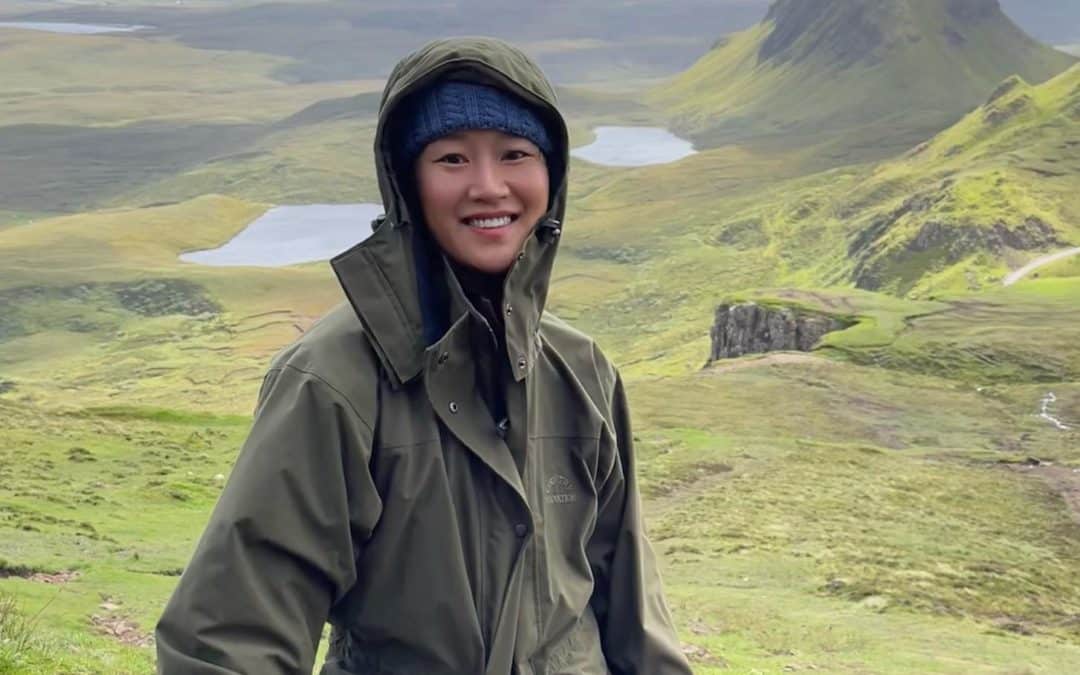
Committed to weaving biodiversity into the urban fabric, hand in hand with the community, I currently work as Team Leader at The Conservation Volunteers (TCV). You will often find me tending to the charming nature spaces in Haringey, or studying bryophytes, spiders and other wildlife around London.
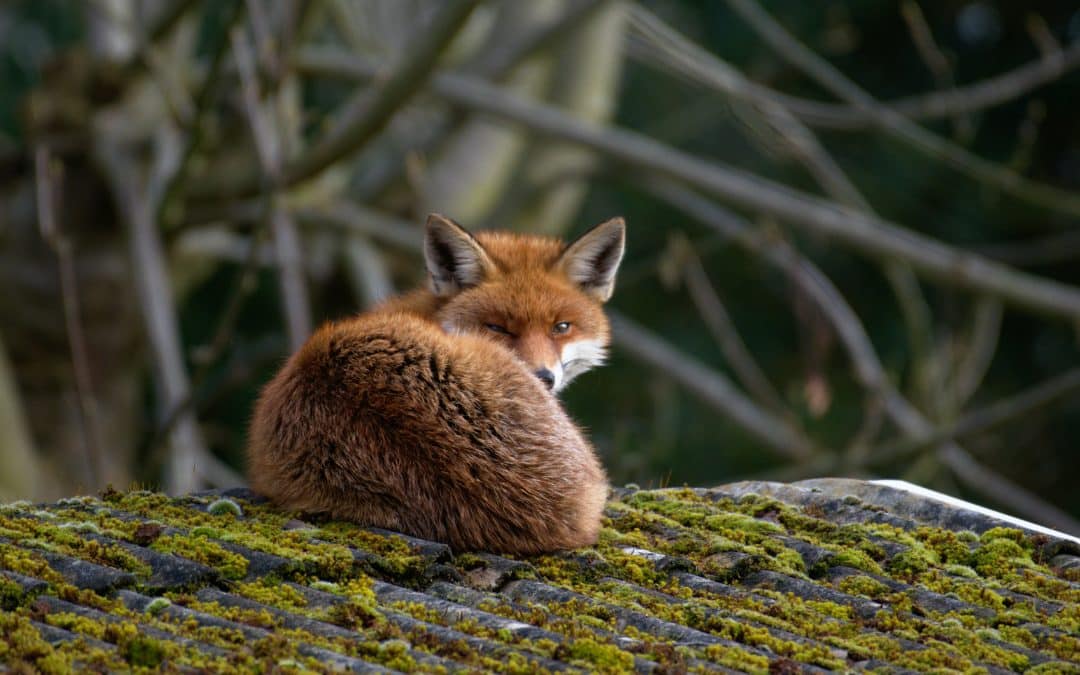
Whether using a digital or a phone camera, photography can be fun and engaging, as well as having the added benefit of assisting in species identification, verification, and survey/recorder training…
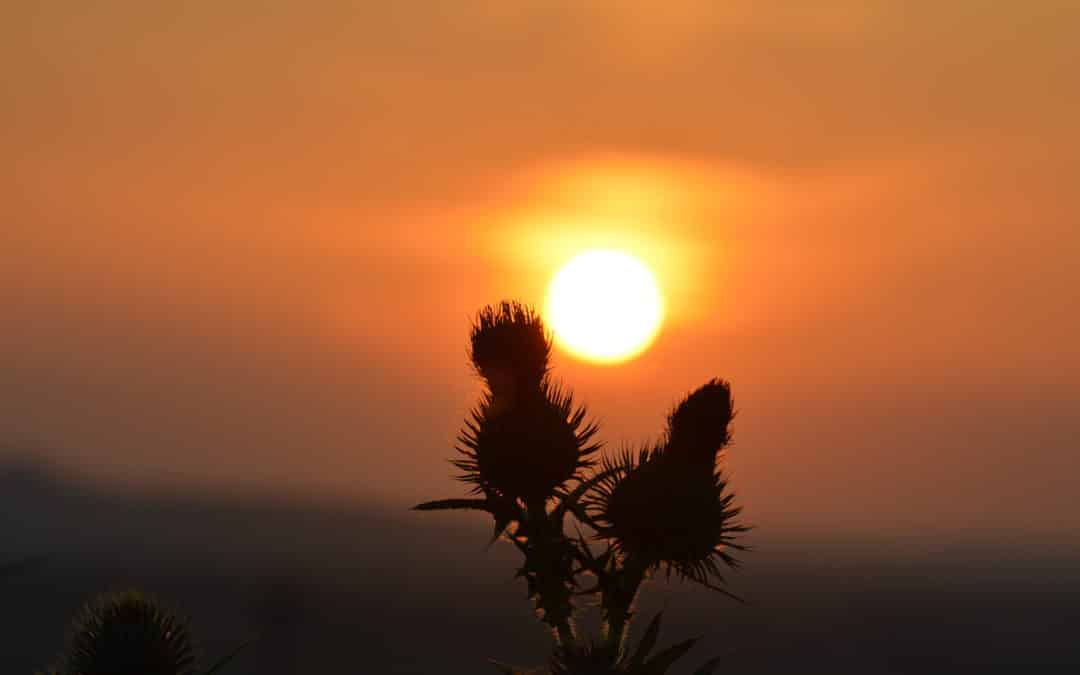
Welcome to the 34th Issue of the GiGLer. As with every editorial, this one is bursting with news from the last 6 months, from the launch of the London Day of Nature to the latest in all things planning and policy…
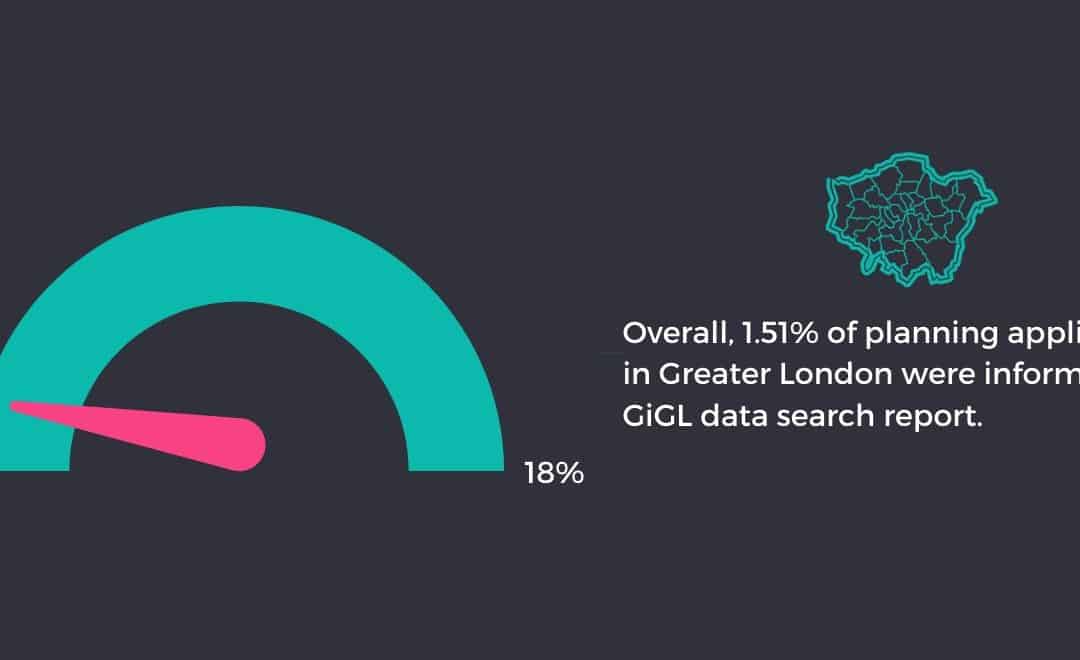
The updated figures on our Data Searches and Planning webpage give information on planning applications informed by GiGL data search reports in each Local Authority, which provide an indication of how well (or not) biodiversity data are used to inform development in London. We are a long way away from the ideal 18% but there are some Local Authorities that are doing better than others…